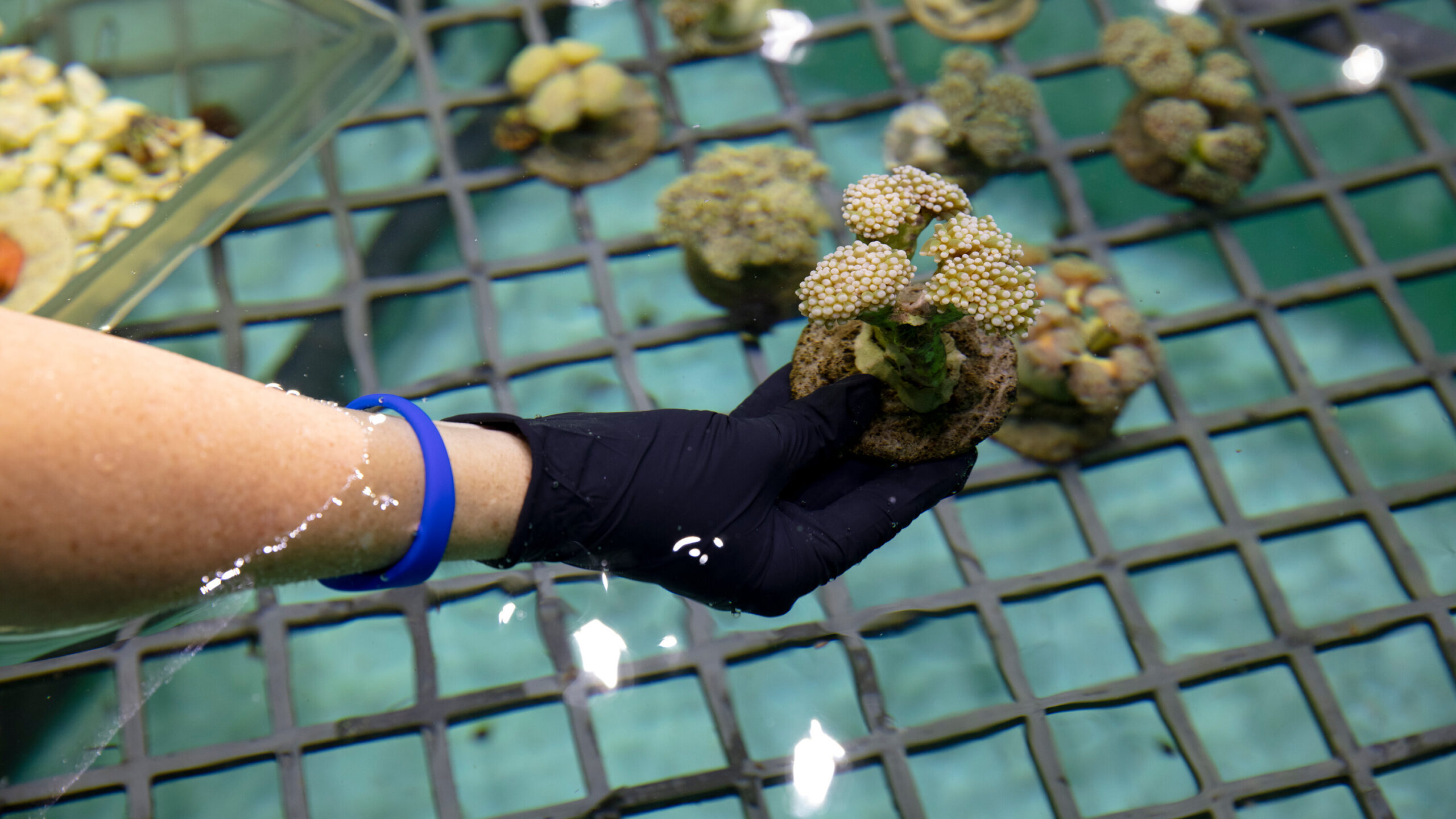By: Eunia Zhong
Marine life traffickers hammer and chisel pieces of reef for sale to unknowing aquarium enthusiasts, placing them into small bags of saltwater to be shipped all over the world. Coral shipments are especially common for the United States, making the country number one in the marine coral trade business. While there are legal shipments of corals, the mass amount of illegal coral shipment and smuggling make it difficult for authorities to distinguish and deal with all of them.
Coral trading has been a long standing business with origins that trace back to Ancient Egypt and Rome. In recent years, it has received more attention from eager buyers and court cases involving illegal shipping. Legal coral trade is specifically done for not very threatened species of coral, but illegal trade enters the territory of endangered corals. According to the Endangered Species Act, more than 25 species of coral are listed as threatened or endangered. Coral is being collected from reefs in places like the Caribbean, Indonesia, Fiji, Tonga, and Australia.
Most people might think of other organisms when discussing the problems revolving around animal smugglers, but many don’t know that corals are animals too. Coral is made up of little polyps that secrete calcium carbonate to cement together the individual polyps into a sturdy “skeleton”.
Like other animals, they need proper conditions to survive. Polyps can be extremely sensitive to changes in their environment. According to the United States Environmental Protection Agency, EPA, “Coral reefs are environmental indicators of water quality because they can only tolerate narrow ranges of temperature, salinity, water clarity, and other water conditions.” This quality makes them a perfect indicator species, a species that can only live in specific circumstances that helps scientists evaluate the environment.
Other than being indicator species, coral provide healthy living conditions for other organisms as well. They regulate the water quality through filtering and are shelters for many types of marine life when gathered together in a great coral reef. According to the National Oceanic and Atmospheric Administration, NOAA, coral reefs “cover less than one percent of the ocean floor [yet] they support about 25 percent of all marine creatures.”
Taking important elements of the ocean habitat away is one thing, but corals also suffer from stressors during the shipping process if it’s not done perfectly. Shippers need to factor in their sensitive and specific conditions and needs. Worse yet, corals secrete a slimy substance when they are stressed, leading to further deviation from proper pH and oxygen levels, leading to the majority of shipments containing a high amount of dead coral.
After confiscation of illegal shipments, it can be hard to determine where corals came from and if they’ll be accepted by the country of origin. Sometimes the polyps won’t open up or the layer of slimy substance is too thick to find more clues to take the corals home. They also must be housed and cared after. Although the U.S. Fish and Wildlife Service tried to handle this part of the issue, zoos and aquariums that receive trafficked coral quickly get overwhelmed.
Buying coral might not be on everyone’s mind, but it is still important to know about the things going on behind trade and industry. Even the corals that haven’t been harvested are losing their quality, as reefs drop from excellent condition to less suitable for life. As protectors and shelters of the ocean and climate around, corals are important to many creatures.











